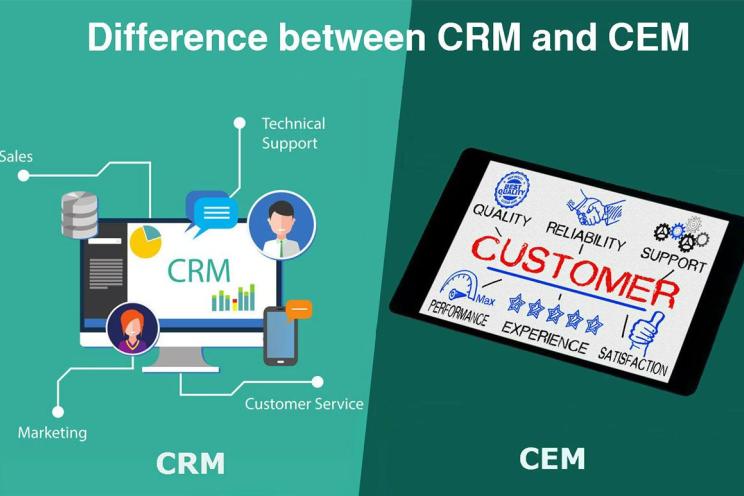
Inventory management terms you should know at restaurants
Inventory management and control are important pillars in managing restaurants. Although, it’s not the task restaurateurs wish to perform but it’s essential to keep the service running smoothly while any interruption in inventory control means an interruption to the functioning of your restaurant.
Any stock management mistake will lead to food shortage, waste, theft, or inaccurate raw material ordering forecast. You might end up with inventory that is laid around in the warehouse for too long or food wasted without even realizing it.
Therefore, keeping a tight grip on your inventory management tools is crucial to maintain accurate inventory levels and ensuring streamlined operations, financial stability, and growth.
It all starts with understanding the terms used for efficient inventory management that yields profits.
What is food inventory management?
Food inventory management is tracking the stock that comes into your restaurant and the stock that leaves it. It tells you how much your restaurant is carrying at all times. With this valuable information in hand, you can decide what and when to order depending on your sales and availability of raw materials used in cooking without any overstock that leads to waste or without incurring shortages and service disruption.
Usually, food inventory management is performed using software that automates this operation, gives you real-time stock count, and facilitates the purchasing process through scheduled orders.
Inventory management terms you should know for efficient operations
First in, first out (FIFO)
The FIFO method is a cost flow assumption that the first goods purchased should be the first goods sold or used.
Restaurants frequently use this method of inventory valuation as it prevents spoilage and waste, especially in the hospitality industry where many food items are perishable and have expiry dates. For this method, all older products are placed in front of the newest ones to be used first without any confusion.
Food cost percentage
Food cost percentage is the percentage of your sale price that makes up the cost of ingredients. For a profitable business, you need to control your food cost percentage which depends on the size and type of your restaurant. The bigger your restaurant is and the more sophisticated it is, the higher the food cost percentage.
Any range between 28% and 35% is acceptable and an indication of healthy operations depending on the style of the restaurant.
Cost of goods sold (COGS)
The cost of goods sold is simply the total cost of all the ingredients used in the recipes sold. It should include everything you use in the food you present to your customers including condiments and garnishes.
To calculate the cost of goods sold you need to record inventory levels at the beginning and end of a certain period and take into consideration any additional inventory purchase.
COGS: beginning inventory + purchased inventory – final inventory.
If you started with $10,000 worth of inventory and you purchased $2,000 inventory and ended up with $4,000 then your COGS is 10,000 + 2,000 – 4,000 = $8,000.
for an ideal COGS, you shouldn’t spend more than 1/3 of your gross revenues toward COGS.
Depletion
The amount of inventory used over a certain period is called depletion and it is either expressed in dollar value or physical inventory count or amount. Your POS should calculate the depletion through your sales reports generated from the system.
Deadstock
Deadstock refers to the items that cannot be sold anymore and it’s simply sitting on the warehouse’s shelves.
For restaurants, deadstock should be used in discounted recipes or specials to maximize its consumption and remove it from the stock in the least costly way.
Sitting inventory
Sitting inventory is the available inventory in the warehouse expressed in dollar value or physical amount.
Waste and spoilage
Waste is the most common way that incurs losses for your restaurant. It can be due to large portion sizes, making unnecessary purchasing orders, careless food handling during preparation, spoilage, or even employee theft.
Variance
Variance is the difference between the product’s cost and the usage amount’s cost.
If the system shows you that you used $300 worth of a certain ingredient while you used $400 then you have $100 worth of this ingredient that is unaccounted for.
Usage
Usage is the amount of sitting inventory over the average depletion for a certain period and it shows you the number of days goods are kept in the inventory before being sold or used.
Inventory turnover ratio
The inventory turnover ratio shows you how efficiently you’re using the inventory that you’re buying and it’s obtained by diving the cost of goods sold by the average inventory value within a certain period.
Average inventory: (beginning inventory – final inventory) /2.
Inventory turnover ratio: COGS / average inventory.
Par level
The Par level or the periodic automatic replacement allows you to determine the minimum amount of crucial inventory needed in the production of recipes. It helps in making the right ordering decisions that result in controlling waste and avoiding shortages.
Unit of measurement
The unit of measurement reflects how you choose to measure your inventory. Choosing a single unit of measurement for a consistent and easier inventory count.
Yield
Yield is the percentage of product that is actually being accounted for in sales compared to the amount of product your POS system says you should be using. A 10% variance results in a 90% yield which is the actual amount of product used.
Recipes
Menu items that contain various ingredients used in specific quantities from which we calculate the food cost.
These terms are important for you to understand the basics of managing inventory and running it efficiently yielding a profitable business.





